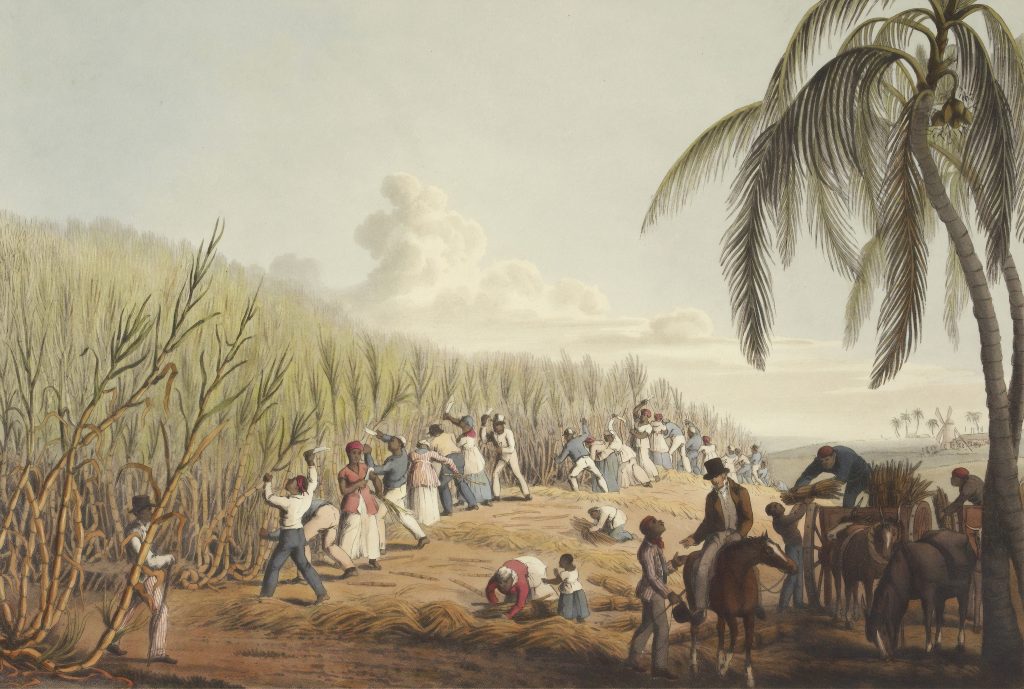10 Million Enslaved in Bondage Labor Worldwide

[apss-share]
In March 2016 police forces and local authorities launched one of the biggest raids on brick kiln factories in southern India freeing 546 workers. The operation was part of ongoing efforts to find and liberate workers duped into bondage labor. The mission shed light internationally on the estimated 10 million people worldwide still working under the modern system of slavery known as bondage labor, a tentacle of forced labor.
Also known as debt bondage, bonded slavery, bonded labor, or peonage this form of slavery is not a practice relegated to the annals of history. The International Labour Organization estimates half of all victims of forced labor (21 million) are in some form of bondage labor, approximately 10 million worldwide. Within the agricultural, domestic work, and manufacturing sectors that percentage rises to 70 percent.

The practice of debt bondage has been around for centuries most notably in Ancient Greece, Rome, Egypt, some African Kingdoms, and Peru. In the United States although slavery was abolished in 1865 imposed peonage practices existed until the 1960’s. African Americans who were arrested under the vague legalities of vagrancy or loitering and unable to pay their court fees and fines were forced into bonded slavery.
“The officer pulled out a long piece of paper from his pocket and read it to my new employer. When this was done I heard my new boss say “I beg your pardon, Captain. I didn’t know this nigger was bound out to you, or I wouldn’t have hired him.”So I was carried back to the Captain’s. That night he made me strip off my clothing down to my waist, had me tied to a tree in his backyard ordered his foreman to give me thirty lashes with a buggy whip across my bare back, and stood by until it was done. After that experience the Captain made me stay on his place night and day—but my uncle still continued to “draw” my money.” – Excerpt from A Georgia Sharecropper’s Story of Forced Labor ca. 1900.
Why Is Bondage Labor Slavery If Workers Are Being Paid?
Agreement to pay down a debt differs significantly from debt bondage. The United Nations Supplementary Convention on the Abolition of Slavery, the Slave Trade and Institutions and Practices Similar to Slavery define debt bondage as:
“Debt bondage, that is to say, the status or condition arising from a pledge by a debtor of his personal services or of those of a person under his control as security for a debt, if the value of those services as reasonably assessed is not applied towards the liquidation of the debt or the length and nature of those services are not respectively limited and defined” (UN Supplementary Convention, art. 1)

When an individual is forced to work because they are either a) unable to pay off their original debt due to increased interest on that debt or b) not able to seek employment elsewhere to repay the original debt this is what is considered bonded slavery. Often these arrangements were and still are entered into under mutual agreement in good faith however, unfair contract conditions, exploitative conditions, and additional sums added to the original debt making repayment of the principle and the interest almost impossible. The evil of interest accruement is that it leads to a cycle in which the individual cannot leave and can force an entire family and future generations to work towards paying off a single individual’s debt.
Factors Leading to Bondage Labor
Today debt slavery is most prevalent in South-East Asia, India, Pakistan, Nepal and Bangladesh but is seen throughout the world. Using India as a case study the country is home to more than one-third of the world’s poor with 1.3 billion people living on less than $3 a day and 250 million people living on less than $2 a day. With very little money to survive on it is common for individuals of families to take out loans for medical needs, shelter, or food with little to no say over the conditions of that loan partly out of desperation and partly due to lack of education and knowledge of their rights.
Others from rural communities looking to make their way into the cities to find work agree to contracts that pay their passage. This was also seen in colonial American with poorer Europeans looking for passage to the New World. However, unlike most Europeans at that time modern contracts bind that individual to certain jobs with the base amount continually increasing. This debt can accrue over generations trapping individuals and their families in the same cycle of poverty they were working towards escaping.

What Industries Use Bonded Slavery?
Rice mills, farms, brick kilns, embroidery factories, construction, commercial fishing, and domestic servitude are the primary industries but bonded slavery can be found in just about every sector. The Sumangali Scheme in the Tamil Nadu textile and garment industry made global headlines when women started to speak out about the working conditions and impossible contracts. Young girls were (in 2018 Labour and Employment Minister Nilofer Kafeel and Textile Minister O.S. Manian said the scheme was no longer practiced however, many believe it has moved further underground) recruited to work in cotton spinning mills for three to five years in exchange for a grand sum upon completion of their contract. Unknown to these girls their room, board, food, and other expenses were being subtracted from their promised sum.
Should that sum be diminished the girls would continue to work unaware of their mounting expenses. Additionally, living and working conditions could be and often were dangerous. In one story a young woman, Vasandi, tells how they were locked in at night and unable to visit or speak with family. Many of the girls were injured or became ill from unsafe working environments. Those who made it to the end of their contracts were fired just before receiving any wages but most never reached that point either from quitting, injury, or in some cases death.

What Can Be Done To End This Practice
Lack of education and generational poverty are key contributors leading to continuation of bondage labor. The Rotarian Action Group Against Slavery (RAGAS) with the help of others works towards eradicating debt slavery through education. Through education individuals are better able to understand the types of contracts they sign and also provide skills so seek out alternative employment opportunities. Potential employers actively work against these organizations, who often operate in secret, to dissuade youth from attending lessons. Education will also help to prevent generational poverty leading many potential bonded laborers to borrow money from unscrupulous lenders.
A third and equally important contributing factor is rule of law which is either lacking in the case of the Democratic Republic of Congo or absolute in the case of North Korea. Both prevent appropriate oversight and prosecution of responsible parties. And yet, at the international level many refuse to hold individuals or governments accountable especially when bonded labor contributes to the global supply chain. This is most notable in the mineral mines across Africa which are key to the creation of modern electronics.
A call for transparency along supply chains, education, accountability, prosecution, and strengthened international laws will all be needed to eradicate bondage labor and other forms of slavery. But as some countries turn towards isolationism the question remains do we care so long as goods keep arriving at our doorstep?
This article was originally published on CaitBagby.com (now merged with this site) on 20 July 2020


